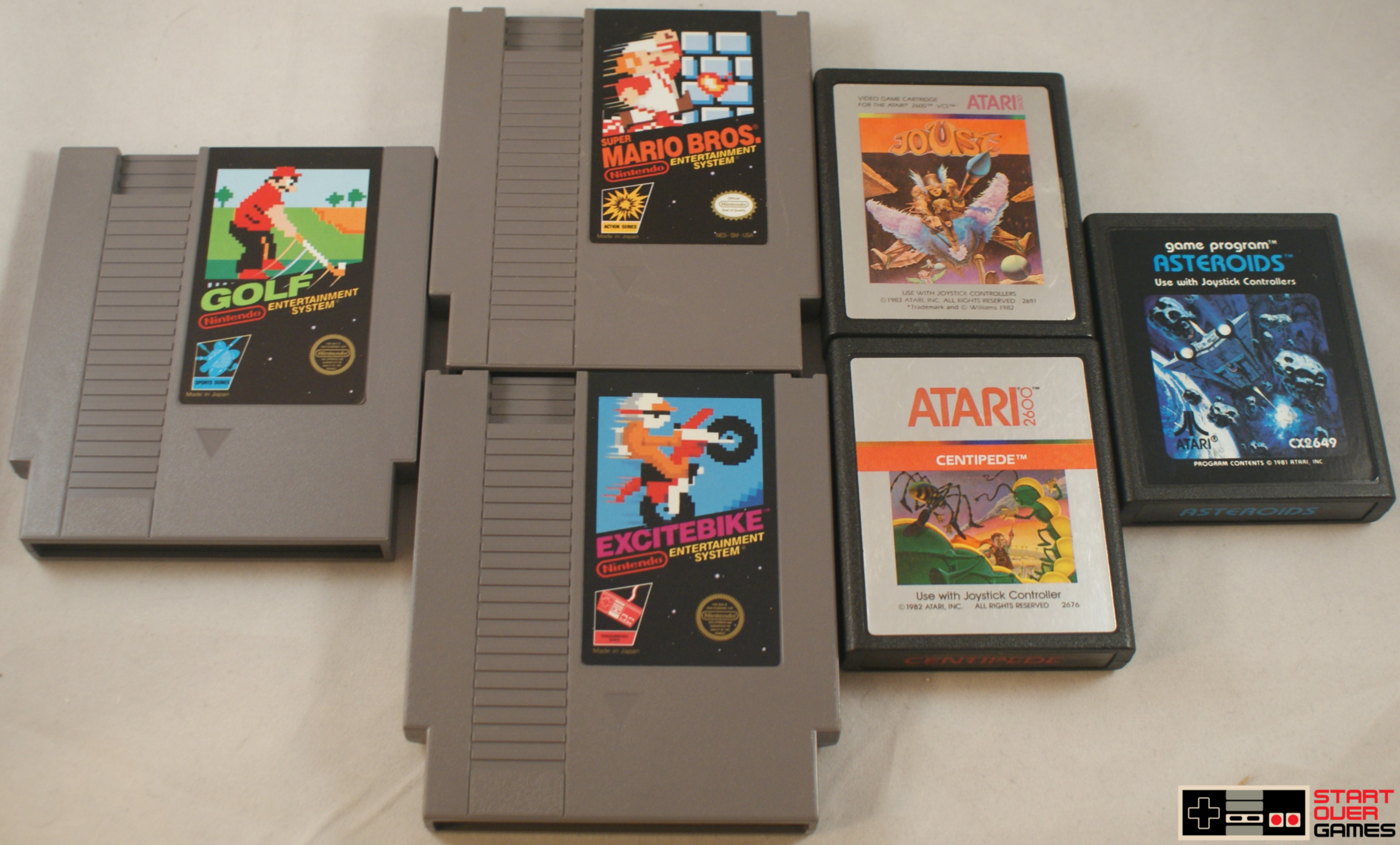(Published on March 14th 2016, this story shows how Nintendo didn’t want to pretend to be something they weren’t.)
On October 18th, 1985 the Nintendo Entertainment System launched in the United States. It brought with it 17 launch titles that covered just about every genre a gamer could want. These titles, and an additional 13 released over the next couple of years, were all published by Nintendo, and all contained a similar look.
The 30 titles would later be known as Nintendo’s “Black Box Games.” This was due to the fact, (you guessed it), that they all came in black boxes. In addition to the boxes, Nintendo also went ahead and made the manuals and game labels black as well. It's because black is always in style, am I right?
So let's ask the question, why did Nintendo do that?
While it's not an uncommon thing to see launch titles share similarities, Nintendo had a specific reason for doing this for the U.S. release of the NES. If one was to look at the picture provided, he or she would see that the Nintendo games all have the same type of picture printed on them. These pictures all appear to be a zoomed in part of a screenshot, taken right from gameplay itself. When we see the pixelated images today it more than likely brings back some nostalgia, and gives us that warm fuzzy feeling inside. However, Nintendo wasn’t going for that back in 1985.
To help see the point I’m going to make, let’s take a quick look at the art on the Atari games in the picture.
Pretty sweet right?!
While these labels clearly do not contain screenshots from the games, the do look great, and tell you a little about the game.
So my point is this, Nintendo made the labels like they did for one reason, to tell the truth. The truth that if you chose to buy a game from them, you would know exactly what you would be getting. No smoke and mirrors, just the truth.
Nintendo did their homework, and somehow managed to figure out that the false advertisement Atari used on box and label art helped contribute to the video game crash of 1983. Remember, this was a time before the internet, before video game magazines, and when you didn’t have a whole lot of resources to use before you bought a game.
One last thought. It’s easy to look back on this and see what a great move this was, but to show you just how brave Nintendo really was, think about this. What if companies actually used real pictures of their products today? Would you still crave that Big Mac?
